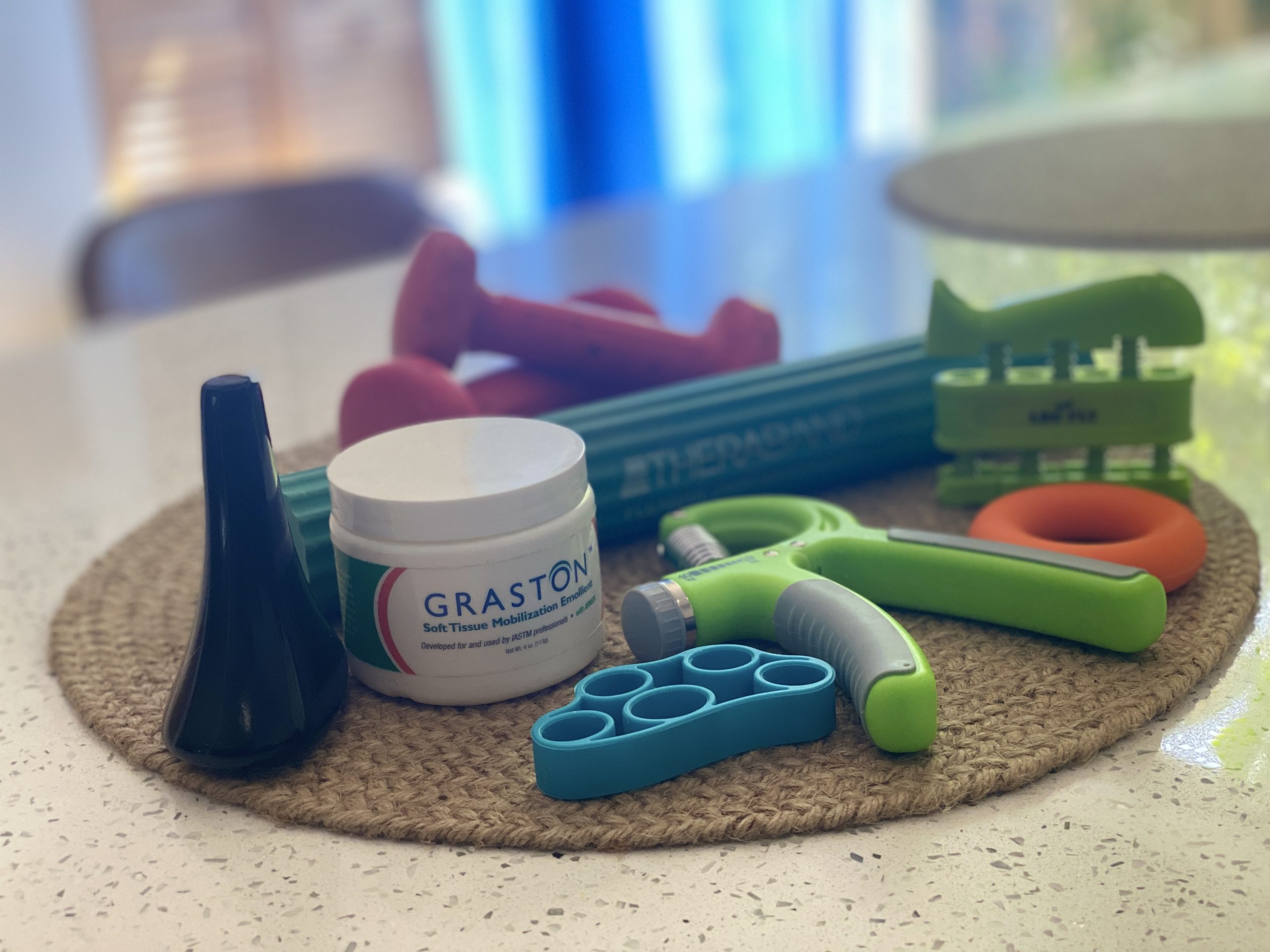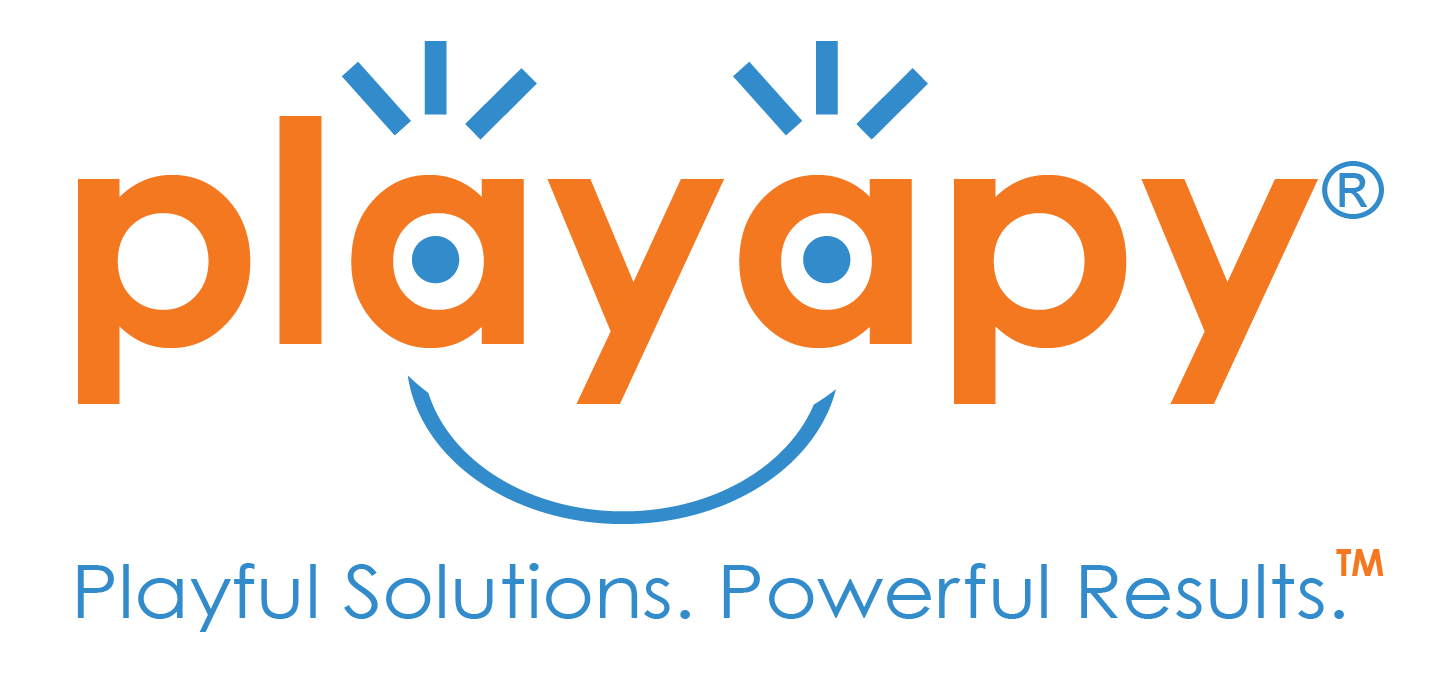
08 Aug When the OT Gets OT
It was the summer after my first year of college. I came back to NJ and was set to start a new temporary job. It was in a hospital, so I thought they would have been a little more understanding with my sudden news. The day before I was set to start, I had to call and cancel indefinitely. I couldn’t walk without limping and couldn’t stand for more than 10 minutes without being in pain. What was the cause? I still don’t have a solid answer to that question 26 years later, but what I was certain about was the shame I felt for being in the situation.
Receiving PT
That was the summer I spent mostly as a patient following numerous doctor visits and receiving physical therapy after an arthroscopic knee surgery that turned up nothing. To get back to school and start my vital position as a Resident Assistant, I ignored the advice of my therapist and rushed back to campus on the bluff in Pittsburgh. The hills I had to endure were a painful reminder that my body was not ready. Luckily, I had access to equipment on campus and a home program to follow. In the end, I developed more empathy as a patient learning to become a medical provider, but I also never fully recovered from the surgery. The poor results of rushing therapy was a tough lesson to learn.
The Switch to OT
Fast forward to November 2021, I was back in PT for unexplained pain running from my neck to my right hand. After a few visits of little progress, I found myself seeking help elsewhere and avoiding the most obvious option. I was ignoring the thoughts in my mind to see an occupational therapist (OT). Like my chiropractor had stated, I also wondered. “Why would you need to see an OT if you are an OT?”
Subconsciously, I knew that an OT could better help me with the elbow pain I was experiencing and wasn’t able to resolve on my own or with other healthcare providers. Yet, there I was sitting in my own shame again for no good reason. Eventually, I realized enough was enough when an MRI proved there was a real need for therapy. I was finally ready to admit that an OT was essential to help me for several reasons.
Why I Needed OT
- I needed the OT’s healings hands for massage on my elbow that I couldn’t do on my own.
- I needed the OT’s tools to break up the scar tissue blocking my progress.
- I needed the OT’s education and expertise as a certified hand therapist to provide me with the most current and effective strategies and exercises.
- I needed the OT’s compassion and motivation to push me through the pain and to have to courage to know my limits as well.
- I needed to know what I didn’t know.
Getting therapy over the course of a few months was challenging and educational regarding how my insurance approved visits and how the clinic provided customer service. I also truly enjoyed being on the other side of the table but also getting to chat with my therapist as her respected peer. More importantly, I came away with a few key takeaways from the experience. I believe they are helpful to my clients and other therapists working with children.
Key Takeaways
- My progress was directly related to completing the suggested home program regularly. Visiting the therapist 1-2 times a week was expensive. Therefore, doing my own sessions at home in between visits allowed for continued and speedy progress. The therapist did not supply me with a specific routine, but I was able to dedicate a specific amount of time and duplicate and create my own activities.
- My progress was directly related to having the right tools and equipment at home. I purchased several items used in the OT sessions so that I could replicate the sessions as much as possible. As a pediatric therapist, I did not have many of the tools used because they are not interesting or appropriate for children. In addition to the heat and cold packs I already had, I created my own box of tools including several items for hand strengthening and massage.
- I inhibited my progress by not listening to my body and allowing rest when needed. Once I reached a point when the progress slowed, I didn’t listen to my own therapist intuition and continued to aggravate my elbow by insisting to complete the home program daily. It took another provider to suggest that I take a break from the therapy and reduce the intensity of the home program. Once I took that action the healing process accelerated. It was a good reminder that therapy shouldn’t last forever especially if there isn’t continued progress.
Overall, the experience of receiving occupational therapy was positive. I learned from a peer and connected with her over our love for our profession. I also gained perspective on what it is like to be a patient of occupational therapy. Most importantly, I am now even more confident when I stress to my clients the following tips. 1. Complete a home program. 2. Purchase tools and toys for the home to increase the ease and facilitation of suggested exercises and activities. 3. Do not be afraid to change the frequency of therapy or even stopping it when progress and results have plateaued. Remembering these tips is a good plan for a positive therapy experience as the patient.
Amy Baez is the Founder of Playapy and Creator of the PALS Handwriting Program. She is a pediatric occupational therapist, speaker, and parent coach with over 20 years of experience.
